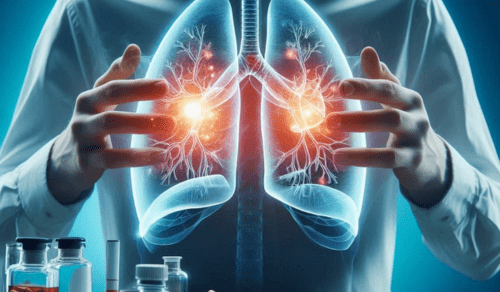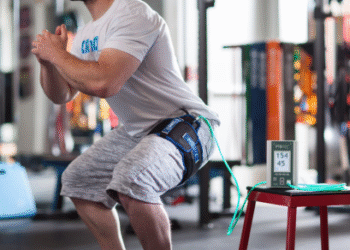
Pulmonary rehabilitation can transform lives for those with chronic lung conditions. It combines exercise, education, and support. A pulmonologist guides patients through this journey, tailoring care to each individual’s needs. This approach improves lung function and overall well-being. With the rise of platforms like Telehealth Bridgewater, accessing these vital services has never been easier. Let’s explore how this blend of expertise and technology can lead to better breathing and a better life.
What Is Pulmonary Rehabilitation?
Pulmonary rehabilitation is a comprehensive program designed to help improve the quality of life for those with chronic lung diseases, such as COPD, asthma, and pulmonary fibrosis. It involves a combination of exercises, breathing techniques, nutritional advice, and psychological support. The goal is to help patients manage their symptoms and improve their physical and emotional well-being.
The Role of a Pulmonologist
A pulmonologist plays a crucial role in pulmonary rehabilitation. Their expertise in respiratory health allows them to develop personalized care plans. They assess lung function, monitor progress, and adjust treatments as needed. By working closely with patients, pulmonologists help them achieve their best possible health outcomes.
Key Components of Pulmonary Rehabilitation
Pulmonary rehabilitation programs typically include:
- Exercise Training: Customized exercises to improve endurance and strength.
- Education: Information on lung conditions and how to manage them.
- Nutritional Guidance: Advice on healthy eating to support respiratory health.
Benefits of Pulmonary Rehabilitation
The benefits of participating in a pulmonary rehabilitation program are numerous. Patients often experience:
- Improved Breathing: Enhanced lung function and easier breathing.
- Increased Energy Levels: Better endurance and less fatigue.
- Enhanced Quality of Life: Greater ability to perform daily activities.
Comparing Pulmonary Rehabilitation with General Exercise
| Aspect | Pulmonary Rehabilitation | General Exercise |
| Focus | Specific to lung health | Overall fitness |
| Supervision | Guided by a pulmonologist | Usually self-guided |
| Customization | Individualized plans | Standard routines |
Accessing Pulmonary Rehabilitation
With the advent of digital health platforms, accessing pulmonary rehabilitation has become more convenient. Services like Telehealth offer online consultations and support, making it easier for patients to get the help they need without leaving home. This accessibility is crucial for those with mobility challenges or those living in remote areas.
Conclusion
Pulmonary rehabilitation offers a pathway to better health for those with chronic lung conditions. By combining the expertise of a pulmonologist with a structured program of exercise and education, patients can experience significant improvements in their quality of life. As technology advances, access to these life-changing programs becomes even more accessible. For more information on pulmonary rehabilitation, visit the American Lung Association or the National Heart, Lung, and Blood Institute.













